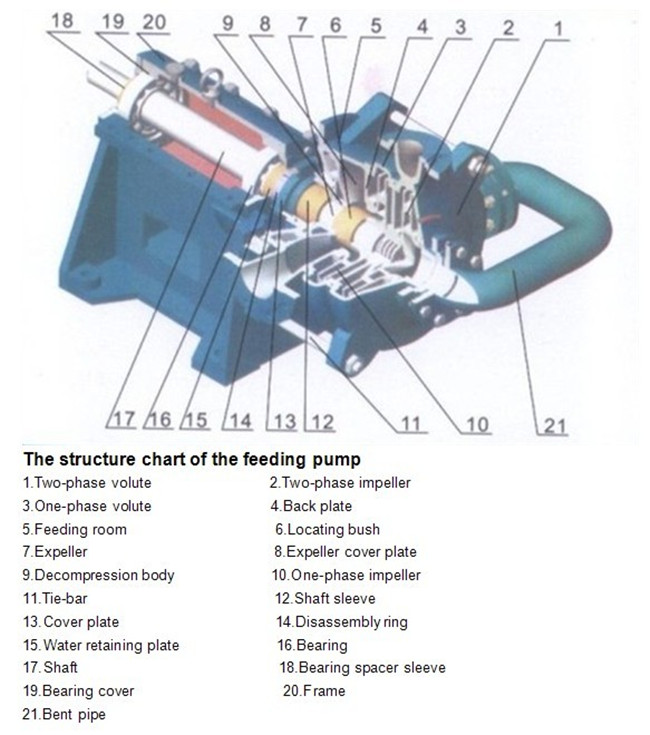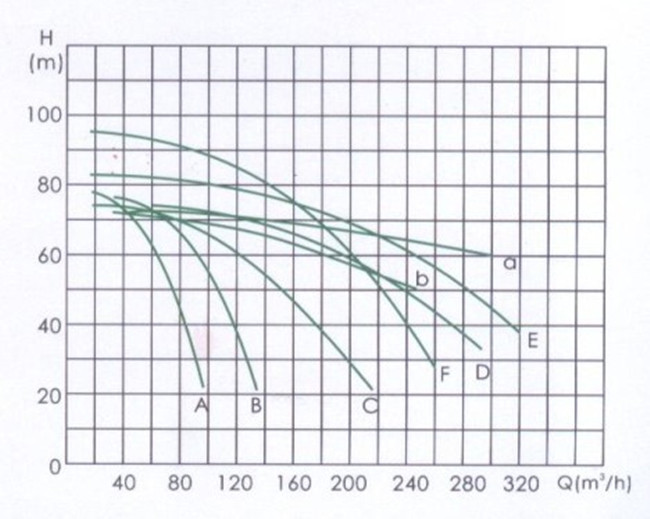Worcester Polytechnic Institute develops the latest biosensors
A research and development team at the Worcester Polytechnic Institute (WPI) hopes to develop a new type of biosensor that allows healthcare professionals to directly detect high-risk bacteria that cause gastrointestinal infections.
C-diff (Clostridium difficile) infection is the most common cause of diarrhea in hospital patients. Infection with this bacteria can also cause nausea, dehydration, weight loss, colitis and kidney failure. The longer this bacterial infection is, the harder it is to cure. According to data from the Centers for Disease Control, more than 29,000 cases of C-diff infection in 500,000 cases per year in the United States die within 30 days of diagnosis, and to treat such bacterial infections. Medical expenses have reached an astronomical figure of nearly $5 billion. In response to this fatal situation, WPI's research and development team hopes to develop a new type of biosensor that can be installed in handheld devices used in hospitals and nursing homes.
Through the detection of the equipment, the medical staff can get the diagnosis results within a few minutes, so that it is no longer necessary to delay the time to transfer the samples to the professional biochemical analysis laboratory for testing. Usually, the detection of C-diff is performed by feces. This method requires not only professional equipment and testing techniques, but also a high misdiagnosis risk of false negative rate. Since 2012, WPI Chemical Engineering Professor and Project Principal Investigator Hong Susan Zhou has been looking for a faster and more efficient way to detect C-diff. In 2015, Zhou developed a prototype of a microwave-sized biosensor and demonstrated it. Currently, the National Science Foundation has allocated $350,000 to fund research and development.
Zhou and Yuxiang Liu, an assistant professor of mechanical engineering, hope to further reduce the size of this sensing device, making it more portable and more sensitive. The biosensor is equipped with an antibody-carrying electrode that triggers the generation of an electrical charge when the C-diff binds to the antibody, signaling an infection. The entire process takes only a few minutes, and its efficiency is much higher than the way it takes one to two days to transfer the sample to a commercial laboratory. The R&D team hopes that this biosensor can also be used to detect other types of bacterial infections, including E. coli (Escherichia coli, E. coli), Salmonella, meningitis, and even cancer markers.
Naipu ZJW series filter press Feeding Pump accept unique hydraulic desin and installation mode of the
impeller,ensure that its pump performance curve be more steep than normal pumps,is more suitable to use in the
filter press feed varies according to the changes of the resistance in order to realize the large capacity,
low pressure feeding and low capacity,high pressure filter.The pump is widely used in the coal washery,
environmental protection,aluminum factory,smelting plant etc.
Construction Drawing

NP-ZJW Pump Performance Curve

Performance Parameters

Zjw Feeding Pumps,Feeding Pump,Horizontal Feeding Pump,Filter Press Zjw Feeding Pumps
Shijiazhuang Naipu Pump Co., Ltd. , https://www.naipu-pump.com